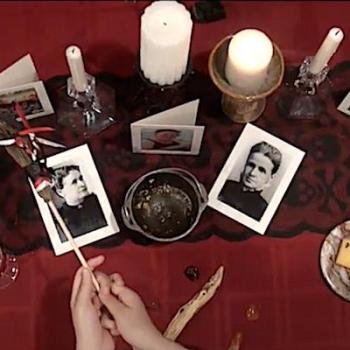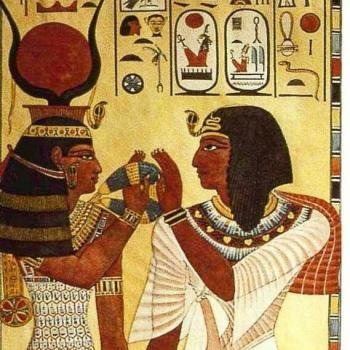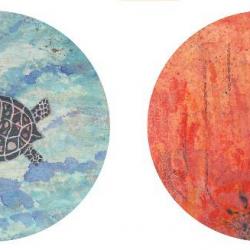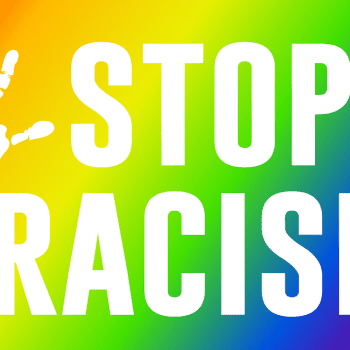A virus attaches itself to an animal. It can replicate quickly, or it can lie dormant. It does not present as a killer until the symptoms of the illness it transmits are seen, and even then, the carrier of the virus is under no obligation to seek treatment even if the animal has the consciousness or the means to do so. As a result, many may die from spreading infection.
Twenty inches of rain fall. A river swells and breaches its banks, drowning the surrounding houses, destroying lives.
An “act of nature.”
This is the destruction we ascribe to “natural” causes.
But what about human nature? What about human “animals”?
Of all the ways in which people die in this country, very few have become as controversial and divisive as gun violence, particularly gun violence by rampage killers such as the one who opened fire at Umpqua Community College two weeks ago and killed ten people, injuring nine.
Do we need gun control- universal background checks, am emphasis on gun safety, a ban on assault weapons? Or do we need to focus more on access to mental health care? The arguments usually fall into either one camp or one another.

We know that for all of those who die because of high profile mass shootings- whether those that are motivated by the racial hatred — as in Charleston, South Carolina this summer– or by other causes, there are countless more that are murdered because of other crimes, and because of the realities of violence born from poverty and oppression.
In his press conference, Obama urged news agencies to compare for themselves how many Americans have died from terrorism, and how many from gun violence in the past ten years. CNN reported that the disparity is a staggering one. One American is killed by terrorism for every one thousand killed by gun violence. And yet, no substantive changes in legislation.
What is embedded in our cultural ecosystem that makes mass shootings so commonplace? Why must the cycle of hurt, pain, and tragedy continue, inflicting unimaginable sorrow on those affected?
In many parts of the country, including, apparently, in Roseburg Oregon in which the shooting took place, hunting culture predominates, and guns for that purpose are a way of life. This is not something that can be swept aside or merely heaped with scorn. Hunting, too, is a part of human history, can be done in a sustainable way and, most importantly, will not soon drift away.
On CNN when Bradley Cooper interviewed a couple whose daughter had been injured in the event, asking what they would say if President Obama spoke to them, they seemed to indicated that given the chance they would tell him that problem is not with guns, its mental health care. For them, The carrier of the “illness”, the mental health of the shooter, is at the root of the problem.
Mental health systems are often inadequate in our country. They are geared towards stopping people when they are about to harm themselves or others and often less successful in abating the slow deterioration of spirit and soul that leads up to the point of violence. Stigma, an inadequate number of doctors and counselors, and many other factors still affect mental health care despite some advances in health insurance parity.
In the argument about the nature of violence and rampage killings in the United States, there are no binary explanations. It is not an “either/or” but a “both, and. The gun lobby is not the sole cause, and to be sure, millions of people who may be lumped into the category of “mentally ill” never result to violence on a grand scale.
Acts of violence are not separated emotionally and psychically by distance, either. If it happens in another state or even two neighborhoods away, we are all still damaged, we are all affected. Our prayers may turn in that direction for a time, and but then get distracted by other events. The rising toxin of violence still spreads over the landscape.
I was reminded recently of a famous report about the impact of the reintroduction of wolves back into Yellowstone Park. When a small wolf pack was reintroduced into the park in 1995, nearly seventy years after being wiped out, a series of changes occurred in the ecosystem. A cascading series of effects occurred. Grass returned to certain valleys in the park because the deer population were now forced to alter their habits. This in turn led to more trees and changes in the amounts of smaller species, like rabbits and foxes, which in term brought more bald eagles back, and beavers, which ultimately even affected the way rivers ran into the park.
In the end, the interdependence of life in the Yellowstone meant that everything was connected. All aspects of living, dying and surviving are interdependent.
Similarly, in the culture we create- the social culture– we need to understand that there are no binaries. There are no either/ors. There is only a chance to act.
We need common sense gun control, to prevent humans from hunting one another unnecessarily. And we need to rethink mental health systems, and remove stigma so that those who are prone to violence can get the help they need. Everything is interconnected.
Unlike many biological pathogens, and unlike many violent storms driven by nature, the means to stop this mass killer are directly within our grasp. May the Goddess grant us the compassion, wisdom, and will to find and use them quickly.

















